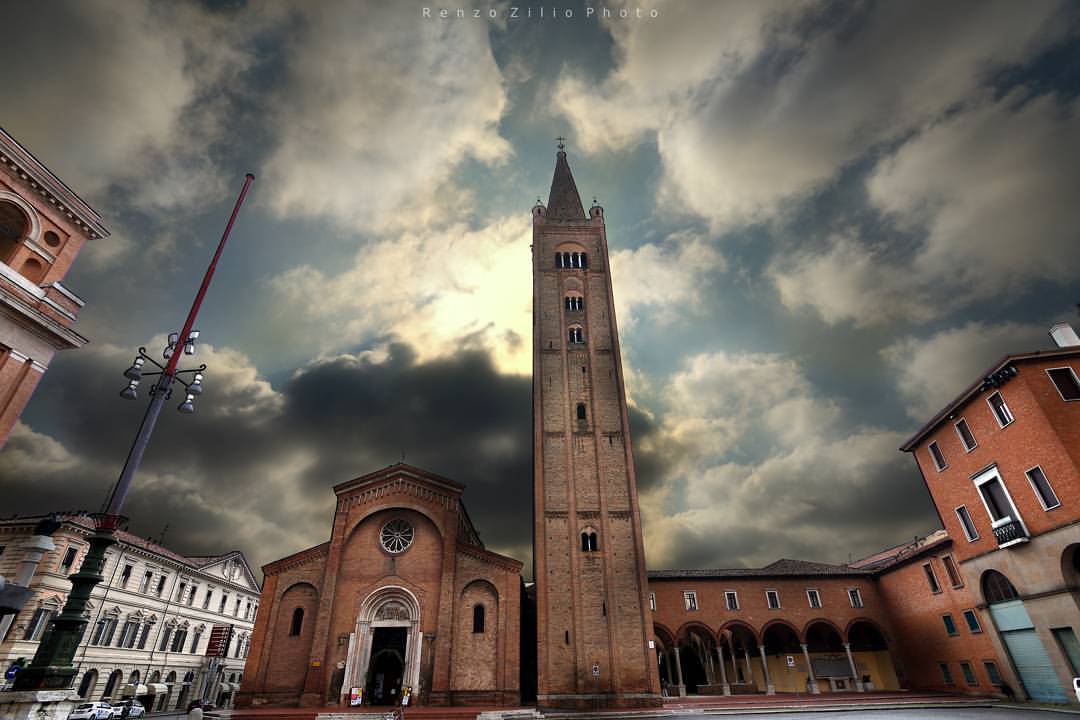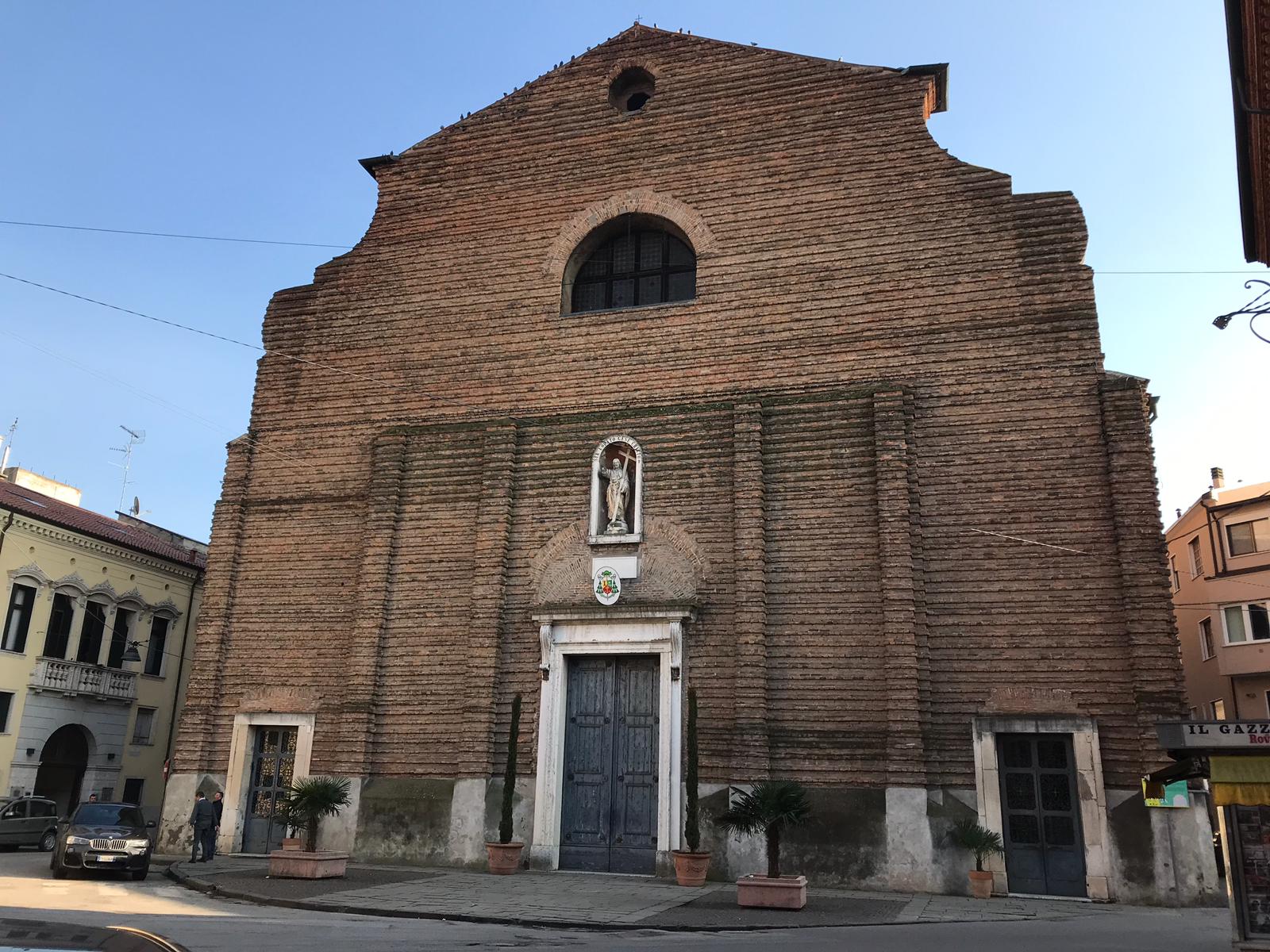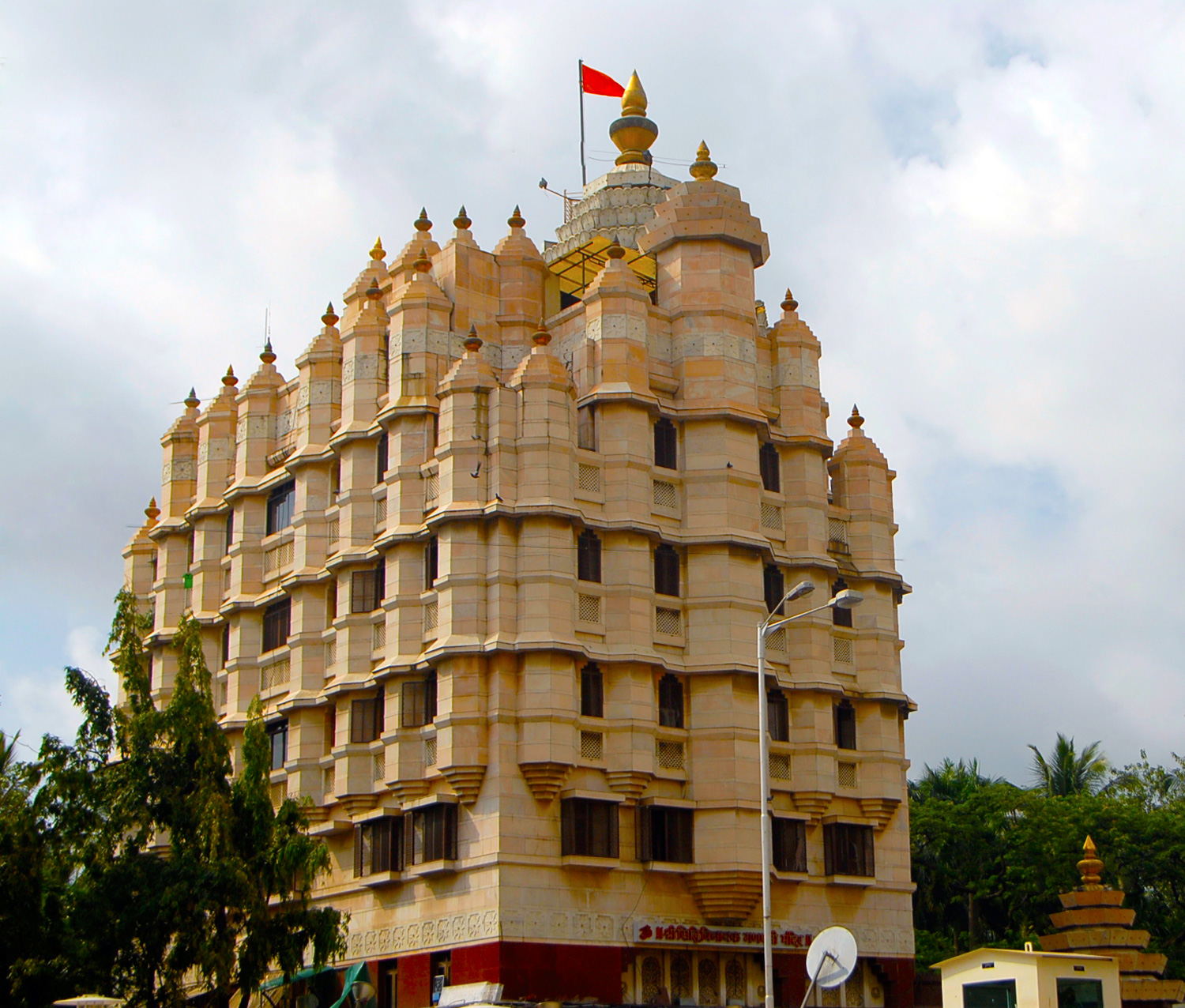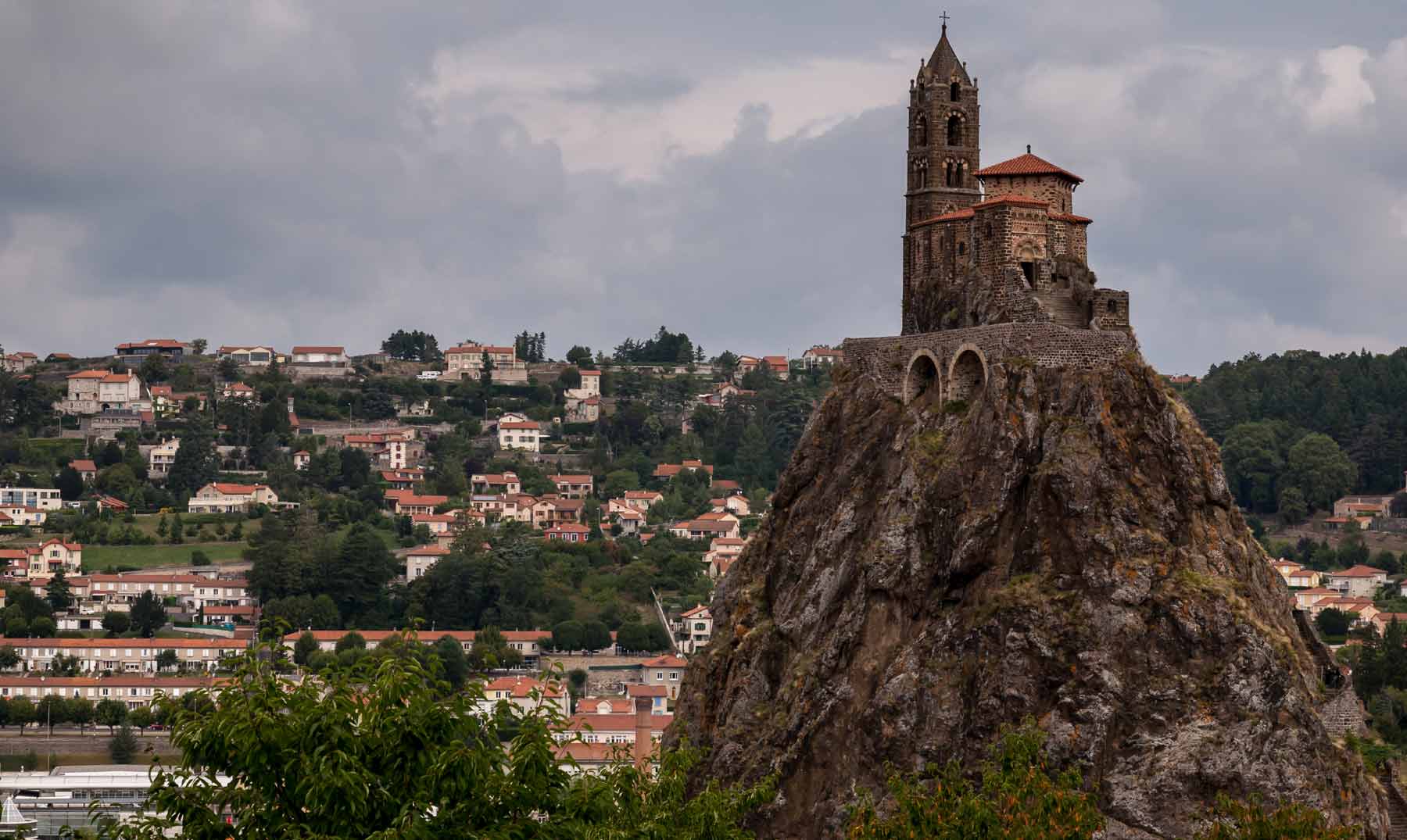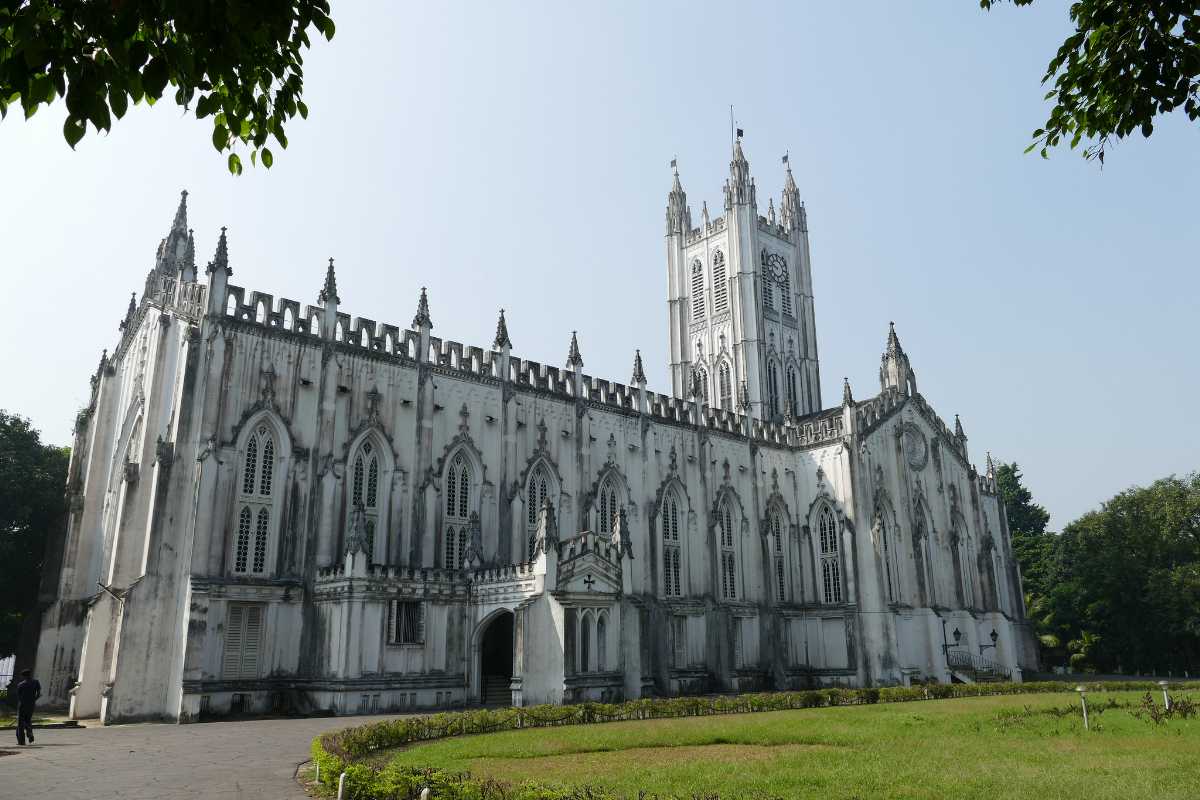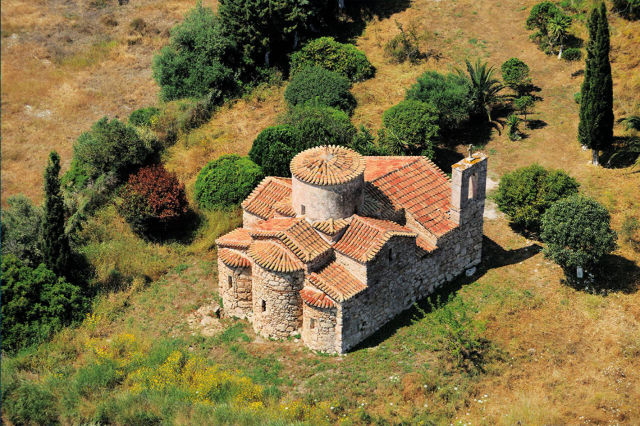The Abbey of San Mercuriale is an abbey located in Piazza Aurelio Saffi, in the centre of Forlì. It is the most famous building in the city and one of the symbols of the whole Emilia-Romagna region and has the dignity of a minor basilica. The religious complex, built on an older site (5th century?), is composed today of a church with three naves in Romanesque style (12th century), its imposing Lombard bell tower (1178) and the cloister of 16th century origin, completely remodeled in 1940. In ancient times, however, there was a monastery, a cemetery and a "hospice" for welcoming pilgrims. "San Mercuriale" overlooks the main square of the city, in the heart of the historical centre, the same area that a thousand years ago was the "abbot’s field", beyond a branch of the Rabbi river that divided it from the Urbe. Nothing or almost nothing historically reliable exists of the original building, that of the fifth century. Much of the information we have about it today refers to tradition and to comparisons with similar situations in the extraordinary sacred and architectural history of the Italian peninsula. The history of "San Mercuriale" is full of important and complex events, of religious, political, social and architectural events that have accompanied the evolution of the city of Forlì for more than 1500 years.
Today the complex is made up of several areas that have been added to over time, other parts were demolished by fires and Allied bombardments, the most violent of which took place on 24 August 1944.
The church, made of bricks in the typical red colour of Forlì, has the characteristic Romanesque façade "a salienti", divided into three parts corresponding to the three internal naves, with the central one wider than the lateral ones. The central nave is reinforced by two buttresses delimiting the arched recess that houses the rose window, the lunette and the marble portal. The fronts of the side naves are both occupied by an arch, the remains of the ancient protruding chapels. The façade and the bell tower are decorated with bricks: small arches supported by small columns on the façade, vertical projections and horizontal cornices on the bell tower.
The interior of the church has a basilica plan with 3 naves divided by pillars and columns in brickwork. Since the floor of the nave is considerably inclined towards the apse, the nave seems much slimmer than it actually is. Originally, in front of the apse, the presbytery stood at a height of about 5 metres, but it was inclined in the opposite direction. On the right wall, there is a funerary monument dedicated to Barbara Manfredi. The monument was made between 1467 and 1468 by the Fiesole sculptor Francesco di Simone Ferrucci. Initially placed in the church of San Biagio, when the church was destroyed by Allied bombing, the funerary monument was recovered, together with the mortal remains of the young Barbara Manfredi, and placed in San Mercuriale in 1947.
Towards the door leading to the cloister, there is an oval painted by Giacomo Zampa. The oval depicts St. Mercurial in white robes with a rich pink and gold cope and a miter on his head. The saint is portrayed in the act of blessing a model of the city that an angel is handing him.
Then follows the first chapel, the one called "of Palmezzano". The frescoes of the chapel are in a serious state of deterioration and it is difficult to describe them. However, they seem to represent the Resurrection of Drusiana and another episode. They were brought to light in 1913. On the altar of the chapel there is an altarpiece by Palmezzano himself depicting the Madonna and Child between Saints John the Evangelist and Catherine of Alexandria and, in the panels of the pillar bases, Saints Peter, Paul, Stephen and Mercurial. The altarpiece is datable to 1510, therefore contemporary with two other altarpieces by Palmezzano present inside the church.
At the end of the nave, on a brick base, there is a stone cross decorated with two hands, one on each side of the cross. One hand is open while the other is in sign of blessing. The cross is difficult to date, however, dating back to the early Middle Ages.
In the left aisle there is a fragment of a fresco attributed to Guglielmo degli Organi. There is also access to the chapels of the Blessed Sacrament, decorated with numerous works of art (including the Crucifix between Saints John Gualbert and Mary Magdalene by Palmezzano), and the Ferri chapel, with marble decorations by Jacopo Bianchi (1536) and the Altarpiece of the Immaculate by Marco Palmezzano.
The nave is covered by a trussed ceiling, which has been reworked and rebuilt several times over the centuries, while the extension of the apse has a barrel vault. In the right aisle there is the stoup that once served as a baptismal font. Dating back to the sixteenth century, it is built in local stone and has a hexagonal base.
On the walls of both naves are distributed 23 frescoed lunettes, coming from the cloister, from which they were transferred during the works of the first half of the twentieth century. The surviving lunettes (originally thirty, but seven have been lost) represent Scenes from the life of Saint John Gualbert, founder of the Vallombrosan order, and are attributed to Livio Modigliani.
In the presbytery are a number of altarpieces, including the Assumption of the Virgin (1632) by Rutilio Manetti, and the 16th century wooden choir by Alessandro Begni of Bergamo.
